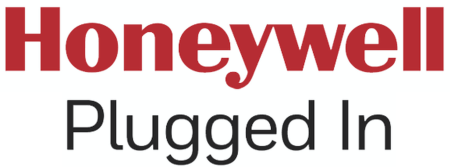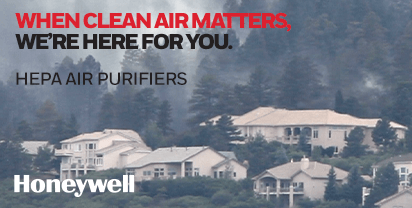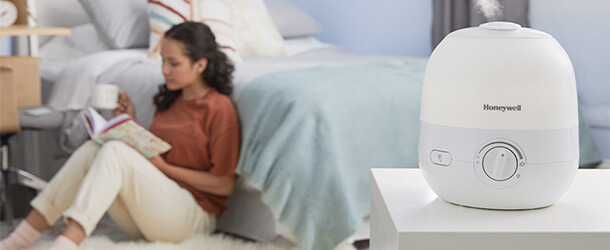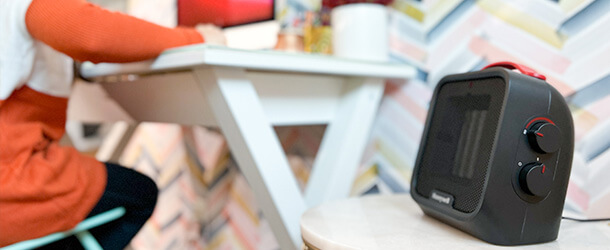Blog
Understanding Import and Export Certifications for the Best Cool Humidifier in Global Markets
In today's global marketplace, the demand for high-quality products such as the cool humidifier continues to rise. As consumers become increasingly aware of the features and benefits these devices offer—ranging from improved air quality to enhanced comfort—manufacturers must navigate the complex landscape of import and export certifications. This blog will delve into the essential certifications needed for manufacturing and distributing cool humidifiers, highlighting the rigorous standards that ensure safety and efficacy. By focusing on the capabilities of world-class Chinese factories, we will explore how adherence to these certifications not only enhances product reliability but also positions these manufacturers favorably in international markets. Understanding the intricacies of these certifications is crucial for anyone looking to import or export cool humidifiers, ensuring that they meet global expectations and consumer needs.

Significance of Import and Export Certifications for Humidifiers
When it comes to international trade, the significance of import and export certifications for humidifiers cannot be overstated. These certifications serve as essential quality assurance indicators that allow global markets to trust the safety and performance of these products. For manufacturers and exporters, obtaining the right certifications is crucial to comply with regulatory standards in various countries. This ensures that their humidifiers meet specific health, safety, and environmental guidelines, making them more appealing to potential buyers.
Moreover, the presence of valid certifications can significantly enhance a humidifier’s competitiveness in the global market. Consumers today are increasingly discerning, often preferring products backed by credible certifications that demonstrate a commitment to quality and safety. By securing these certifications, manufacturers not only mitigate risks associated with product liability but also foster brand loyalty and trust with consumers. This can ultimately lead to increased sales and market presence, establishing the product as a reliable choice among consumers seeking the best cool humidifier for their homes.
Key Certifications Required for Global Market Compliance
When venturing into the global market with cool humidifiers, understanding the key certifications required for compliance is crucial. Various regions have specific standards that products must meet to ensure safety and environmental compliance. For example, the CE marking in Europe indicates that the product adheres to safety, health, and environmental protection standards. Meanwhile, in the United States, certifications from organizations like UL (Underwriters Laboratories) and Energy Star are vital. These not only signify compliance with safety standards but also showcase energy efficiency, appealing to eco-conscious consumers.
Additionally, certifications related to low emissions and non-toxicity are increasingly important as consumers prioritize health and environmental sustainability. Energy efficiency certifications help products stand out in competitive markets, where buyers are more likely to choose options that reduce their carbon footprint. Obtaining these certifications can enhance a product's marketability while also embedding a company's commitment to quality and safety into its brand identity, ultimately leading to increased consumer trust and sales in diverse global markets.
Understanding Import and Export Certifications for the Best Cool Humidifier in Global Markets - Key Certifications Required for Global Market Compliance
| Certification Type | Description | Region | Authority | Validity Period |
|---|---|---|---|---|
| CE Marking | Indicates compliance with health, safety, and environmental protection standards | Europe | European Commission | Indefinite |
| FCC Certification | Verifies that electronic devices meet U.S. electromagnetic interference regulations | United States | Federal Communications Commission | Indefinite |
| RoHS Compliance | Restricts hazardous substances in electrical and electronic equipment | Europe | European Union | Indefinite |
| ETL Listed Mark | Confirms products meet North American safety standards | United States & Canada | Intertek | Indefinite |
| GS Mark | Indicates compliance with German safety regulations | Germany | TÜV Rheinland | Indefinite |
Navigating Regional Certification Differences for Humidifiers
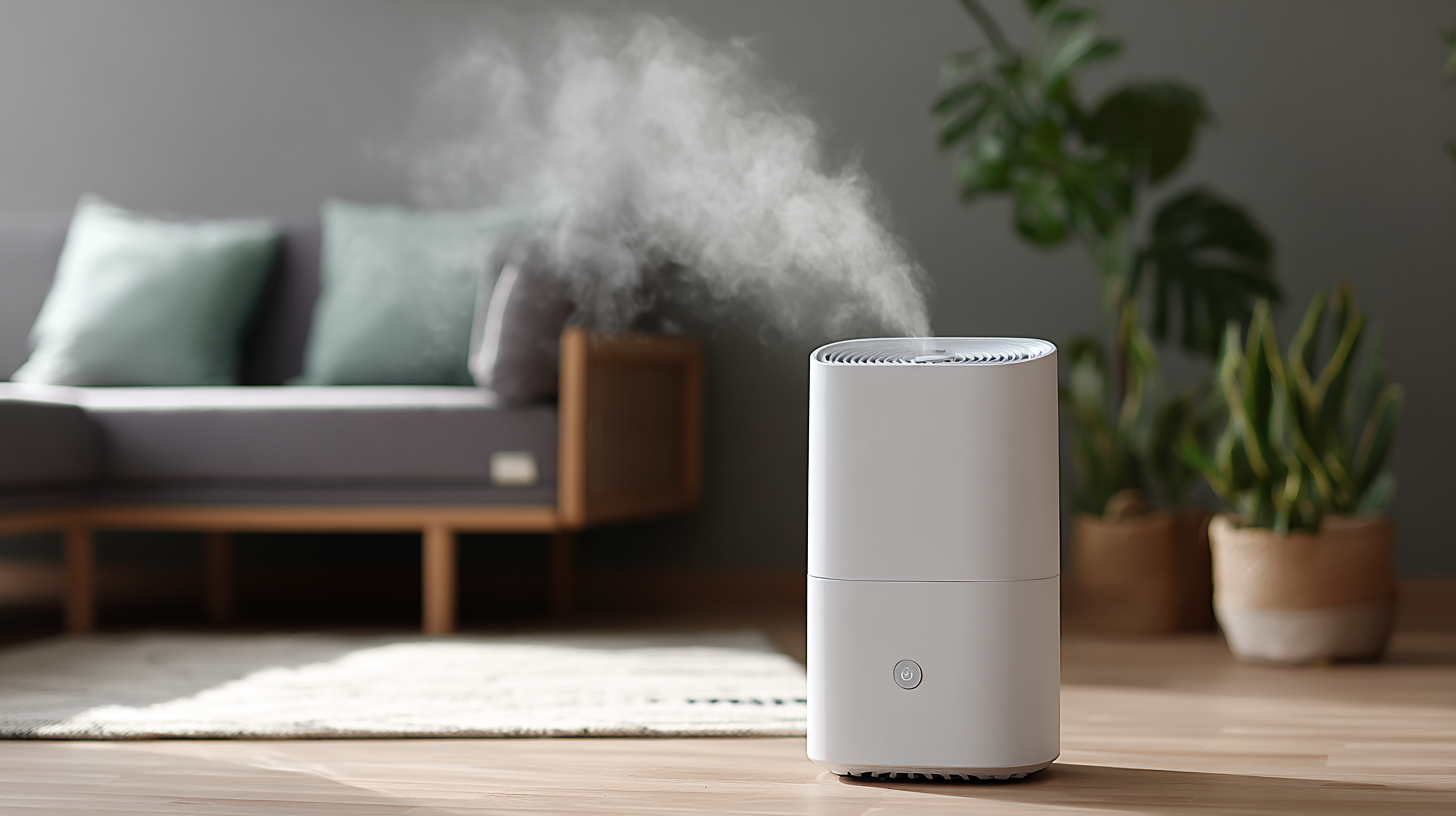 Navigating regional certification differences for humidifiers is critical for manufacturers aiming to penetrate global markets effectively. Each region often has distinct regulatory requirements that can significantly impact the commercial viability of a product. For instance, standards in the Gulf Cooperation Council (GCC) countries frequently emphasize energy efficiency, aligning with broader sustainability goals that are becoming increasingly important in various markets. Reports indicate that buildings in the GCC are responsible for a substantial portion of global energy consumption, underscoring the necessity for eco-friendly product certifications that comply with local standards.
Navigating regional certification differences for humidifiers is critical for manufacturers aiming to penetrate global markets effectively. Each region often has distinct regulatory requirements that can significantly impact the commercial viability of a product. For instance, standards in the Gulf Cooperation Council (GCC) countries frequently emphasize energy efficiency, aligning with broader sustainability goals that are becoming increasingly important in various markets. Reports indicate that buildings in the GCC are responsible for a substantial portion of global energy consumption, underscoring the necessity for eco-friendly product certifications that comply with local standards.
In addition to the GCC, emerging markets like Africa are experiencing a robust transformation in trade dynamics, as evidenced by the African Continental Free Trade Area. This agreement signifies a shift towards reduced tariff barriers, yet it also highlights the importance of navigating non-tariff barriers that affect everything from investment strategies to supply chain efficiency. Effective certification is paramount in addressing these hurdles, allowing businesses to adapt to both regulatory environments and consumer expectations while ensuring their products, such as humidifiers, meet safety and efficiency standards globally. The interplay of these factors not only enhances market access but also positions brands competitively in an increasingly integrated world economy.
Tips for Streamlining the Certification Process for Your Products
When navigating the global markets, understanding import and export certifications is crucial for businesses aiming to introduce the best cool humidifiers. The certification process can often be complex and time-consuming, but there are effective strategies to streamline it. First, companies should familiarize themselves with the specific certification requirements for their target markets. This involves researching local regulations and standards, which can vary significantly from one country to another.
Additionally, utilizing classification and certification services can greatly enhance efficiency in the process. Engaging experts who specialize in design appraisal can facilitate smoother compliance from the initial design phase through to final production. By leveraging professional insight, businesses can avoid common pitfalls and ensure that their products meet all necessary certifications, thus positioning themselves favorably in competitive global markets. Such proactive measures not only expedite time-to-market but also enhance product credibility and consumer trust.
Understanding the Impact of Certifications on Market Success
In the global market, certifications play a pivotal role in determining the success of products such="cool humidifiers." Research from the International Trade Centre indicates that products with recognized certifications can achieve sales increases of up to 30% due to enhanced consumer trust and perceived reliability. This is particularly relevant in highly regulated markets where safety and performance standards are strictly enforced. Additionally, compliance with certifications such as ASTM, ISO, and CE not only facilitates market entry but also offers a competitive edge by demonstrating commitment to quality and safety.
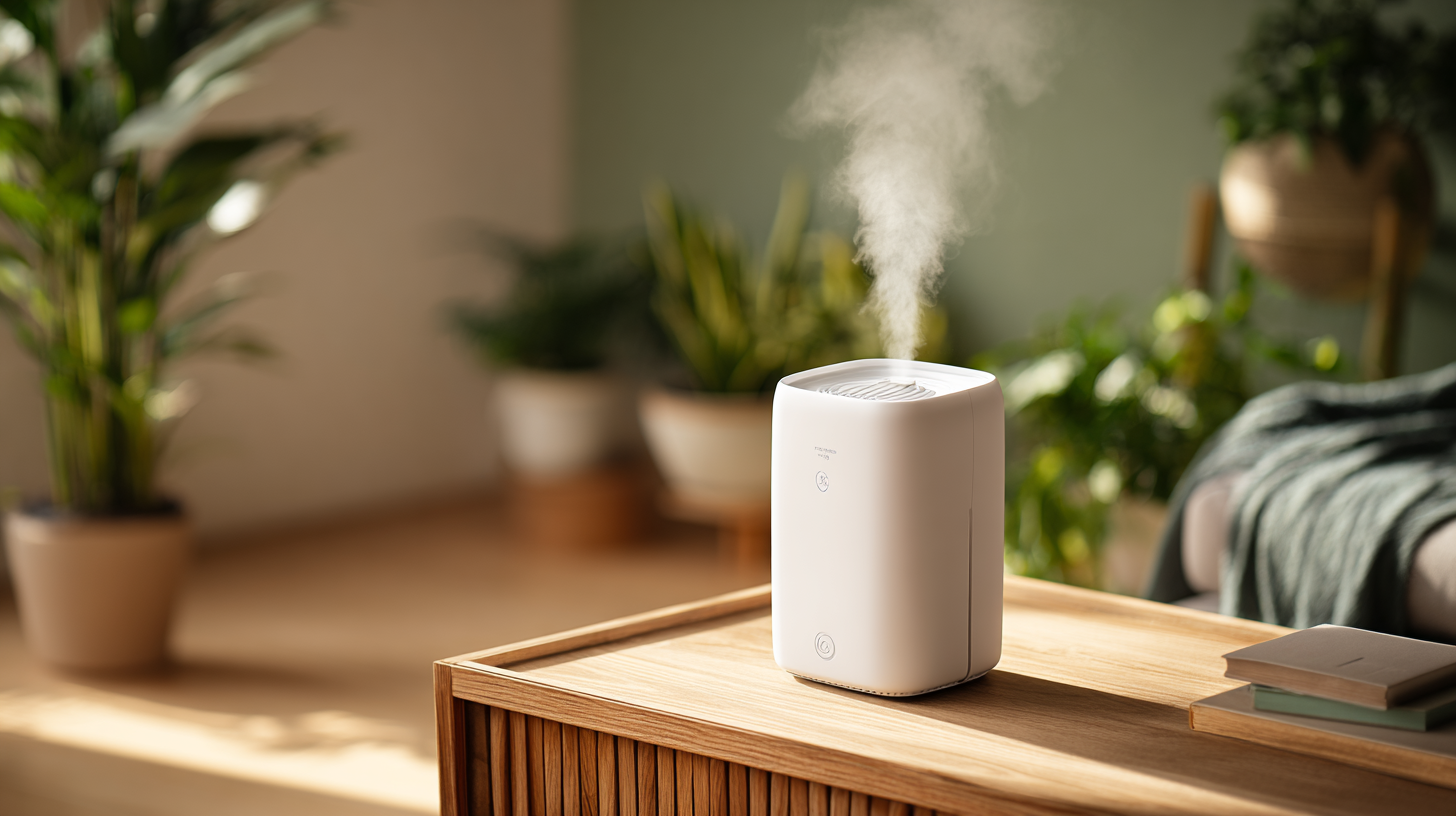
Tips: To ensure your cool humidifier meets industry standards, start by researching the required certifications in your target markets. Engaging with certification bodies early in the product development process can save time and resources. Furthermore, maintaining transparency in the certification process enhances brand reputation and promotes consumer confidence.
Understanding the impact of these certifications allows manufacturers to position their products more effectively. A report from Technavio highlights that products certified for energy efficiency are increasingly favored, with a projected market growth rate of 7.4% annually over the next five years. Therefore, prioritizing certifications not only streamlines market access but also aligns with the growing consumer demand for sustainable and efficient products.



